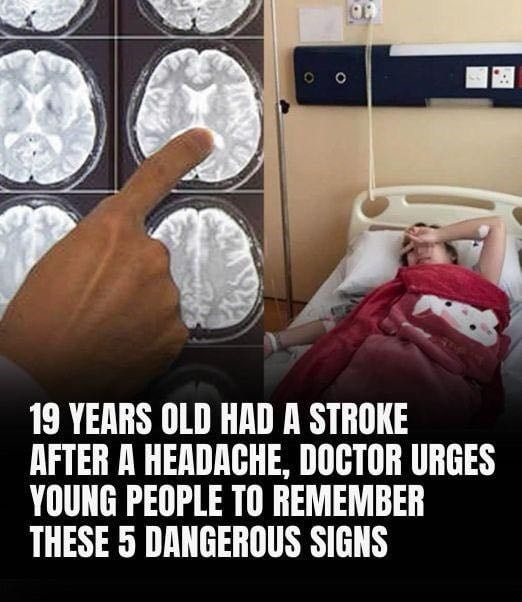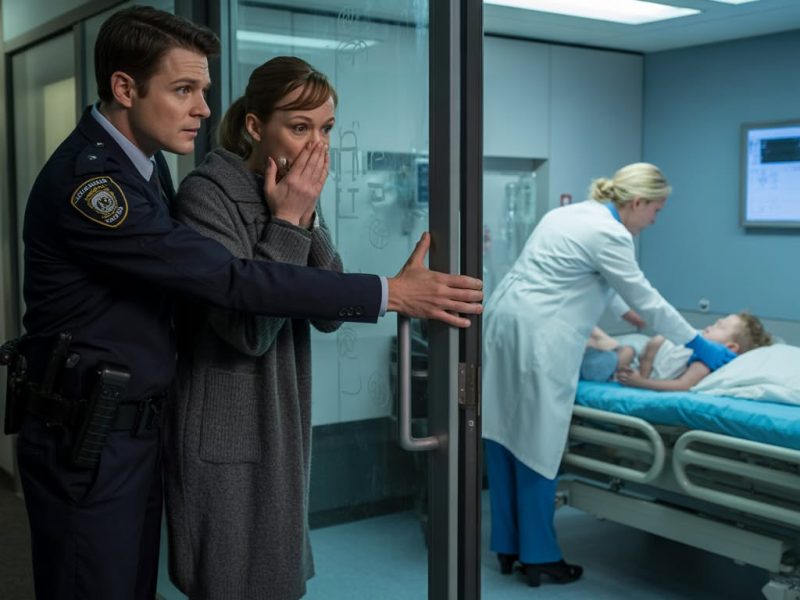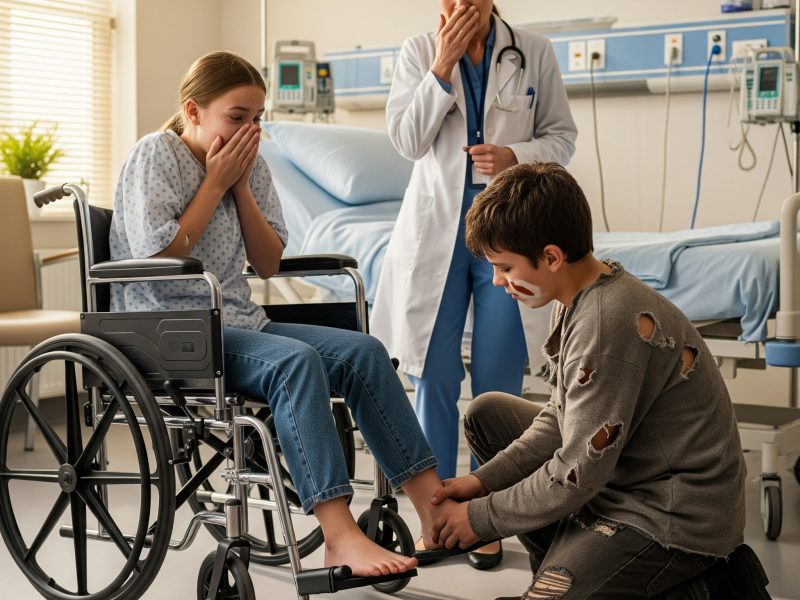Even though strokes are often seen in elderly individuals, people of any age have the potential to experience one. Unfortunately, the American Heart Association has reported that the number of strokes in young people is increasing. Recently, over a few decades, the rate of strokes in young adults in the United States increased by 40%. It is also noteworthy that 10 to 15% of stroke cases happen in young adults between 18 and 50.
Knowing how a stroke develops and the initial symptoms in young people

There are various reasons why there are now more strokes in young adults. While diabetes, blood clots, and high blood pressure are issues for all ages, young adults additionally deal with factors related to genetics, pregnancy, and lifestyle in general. Such factors involve being obese, smoking, excessive drinking, taking drugs, and having cholesterol levels that are too high. Having sickle cell disease is another major risk factor for the patient. There is a risk that about a quarter of those with this disorder have a stroke before they turn 4 years old. We’ll go over five key stroke symptoms young adults might have.

If you all of a sudden get a headache that is very different from those you’ve had before, that could be a major sign to watch out for. This may happen when a blood vessel in the brain bursts, which is known as a hemorrhage stroke. If this happens, the problem can get worse very quickly and you need to see a doctor immediately. If these severe and sudden headaches become a problem, make sure to consult your doctor as quickly as you can.
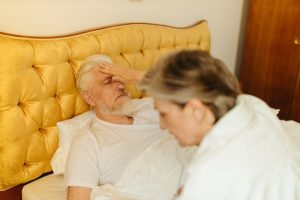
Having numbness, weakness, or tingling, only on one side, is also a warning sign for stroke. It occurs when the blood supply to a particular part of the brain stops, and its cells die as a result. Depending on the place of damage in the brain, patients may show various symptoms. In such a situation, if a stroke hit the part of the brain that controls movements, symptoms would emerge as weakness or paralysis only on one side.

You should watch for trouble with speaking, not being able to understand people, and getting confused all of a sudden. When blood circulation to the language-related parts of the brain is interrupted, these symptoms happen. The consequence can be speaking that is unclear, trouble choosing the correct words, or a loss of the ability to communicate. At times, the initial signs can be so mild that people do not notice them at the start. If you see even slight changes in your speech, check with a doctor to find out if you require treatment.
Issues With Vision

You might also experience vision problems such as being able to see double, having your vision blurred, or having vision loss in one or both eyes during a stroke. The problems are often caused by a stroke in regions of the brain that process visual inputs. In case an ischemic stroke impacts the occipital lobe, you may experience one eye’s vision loss or damage to the visual field. If there are any problems with your vision, make sure to visit a doctor right away. By doing this, you can prevent any harm to your eyesight and also keep your life safe.
Loss of Balance and Coordination
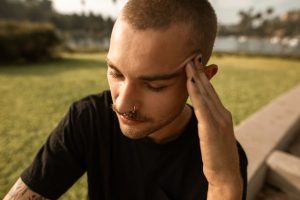
If you all of a sudden find it hard to walk, feel dizzy, and your coordination is poor, you may be suffering a stroke. Balance problems result from a stroke affecting the part of your brain called the cerebellum. Additionally, it is hard for people to keep their balance, and they often stumble or become dizzy as they walk. It’s very common for people to attribute these symptoms to something minor, such as an inner ear issue. It’s still necessary to talk to your doctor about your loss of balance so that the right treatment can be given.
